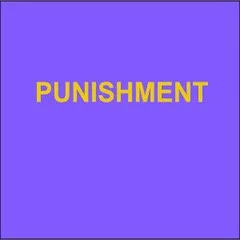By E. Ferguson, H. De La Cerda, and P. Guerin
This report reviews the impact of preventive detention motions on the Failure to Appear (FTA) and New Criminal Activity (NCA) rate for individuals in Bernalillo County charged with felony crimes and for which the Public Safety Assessment (PSA) was administered and used in the pretrial release decision making process from the Bernalillo County Metropolitan Detention Center (MDC). This report contains several sections. Following this introduction, we include a brief description of the sample of court cases used in this review. Next, we discuss PSA recommendations and crime types, the PSA and pretrial detention motions, pretrial detention motions and FTA and NCA rates, and NCA and charge levels.
Highlights: • A Pre-Trial Detention motion was more likely to be granted for cases with more restrictive PSA recommendations. • Preventive Detention Motions were not associated with failure to appear to court or new criminal activity. • As PSA recommendation categories became more restrictive FTA rates and NCA rates increased. • The most serious charge for BCMC cases were violent (35%), property (30%), and drug (27%). • ROR release recommendations accounted for 32.7% of violent charges recommendations. RORs had an FTA rate of 8.5% and an NCA rate of 8.3%. • PSA recommendation categories were not evenly distributed between violent and non-violent charges. • Preventive detention motions have been filed for all PSA recommendation categories, including 18.7% with a ROR. • Higher FTA and NCA rates were associated with drug offenses, property offenses and public order offenses. • Overall, the new criminal activity rate was less than 20% and was primarily for charges of a lower or equivalent level as the assessed case.
Albuquerque: University of New Mexico, Institute for Social Research , 2020. 16p.





















